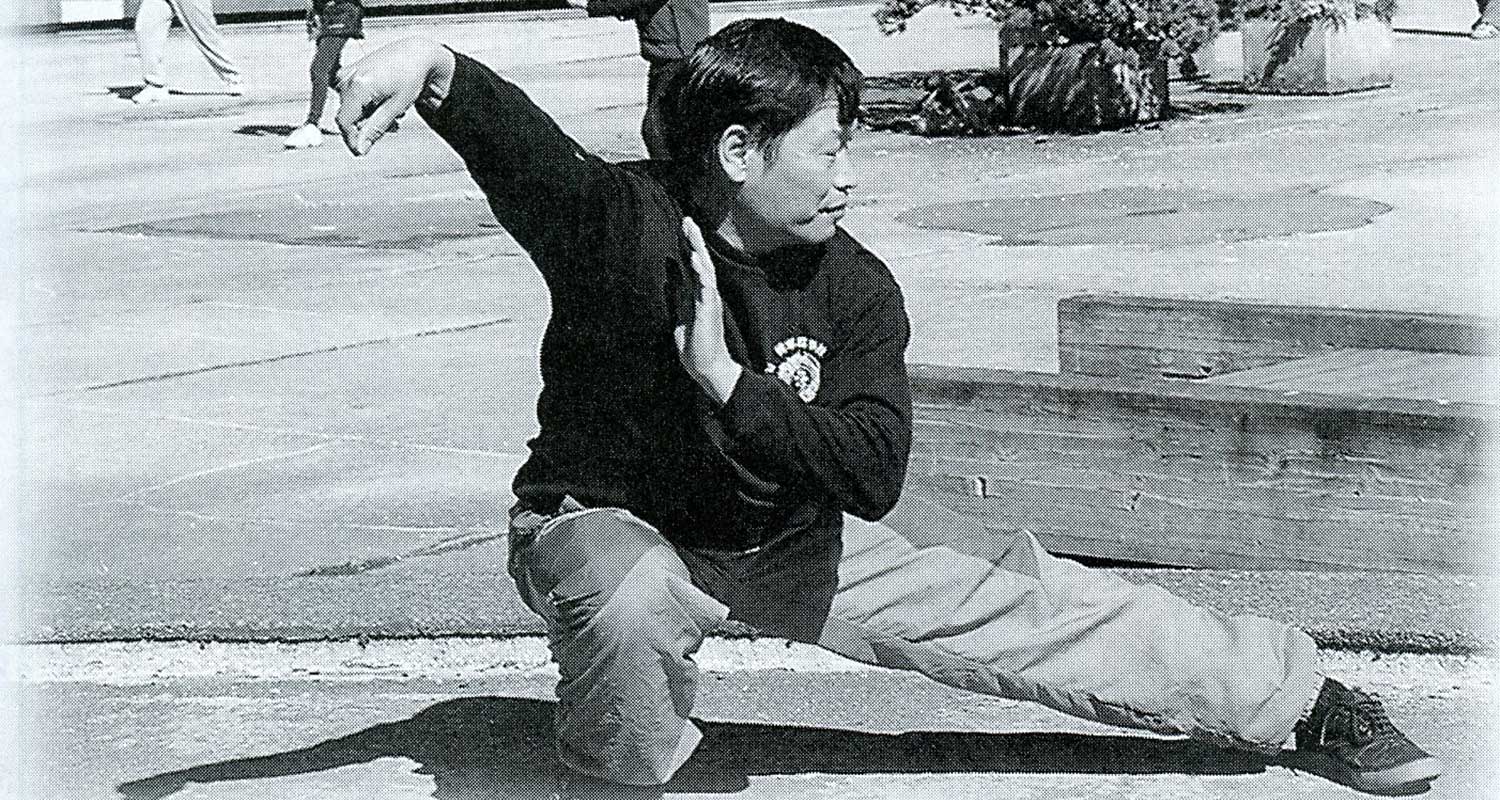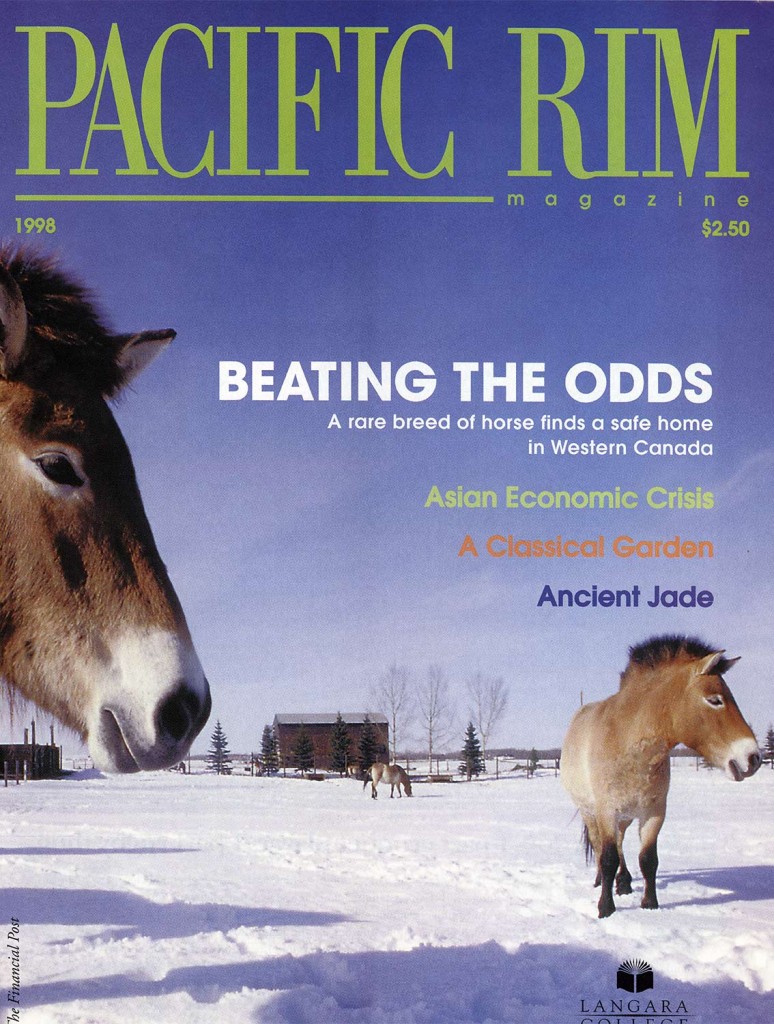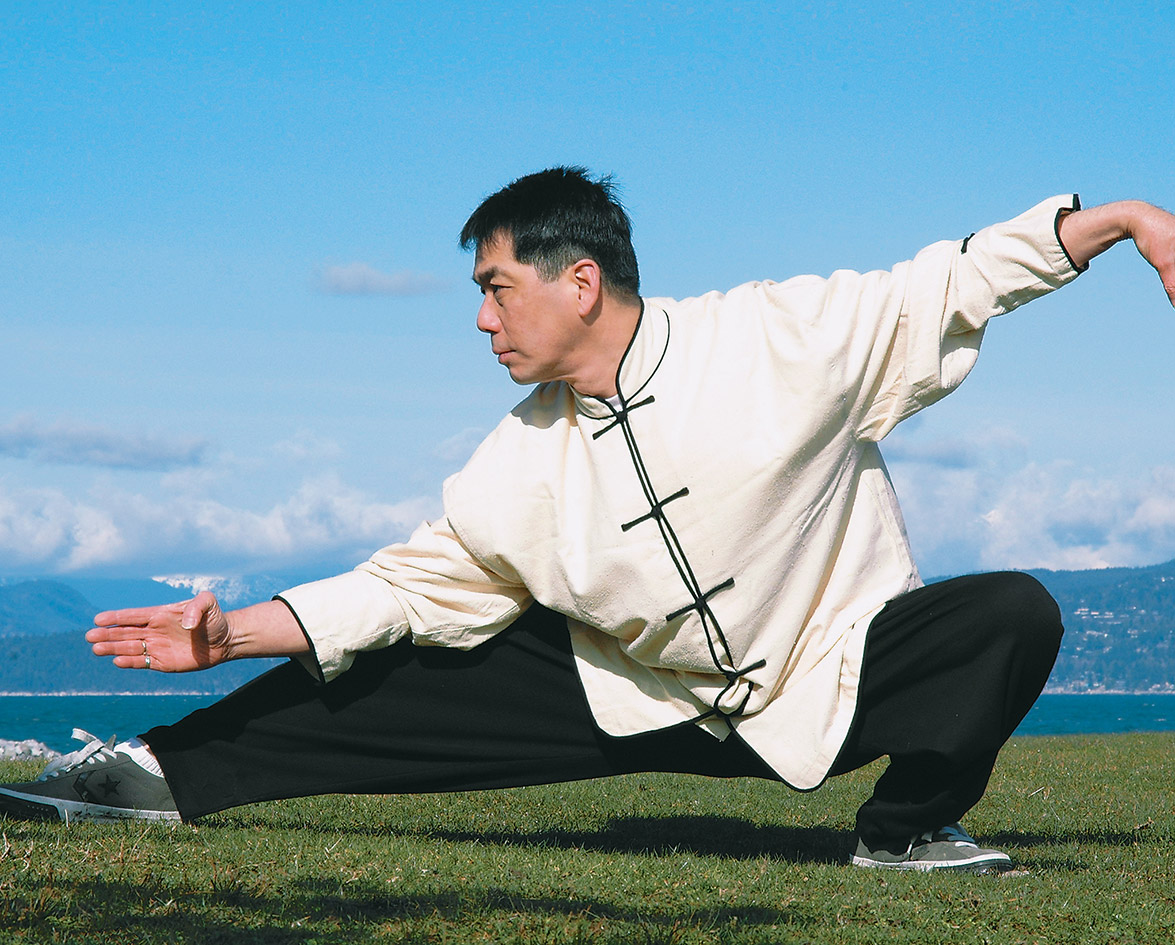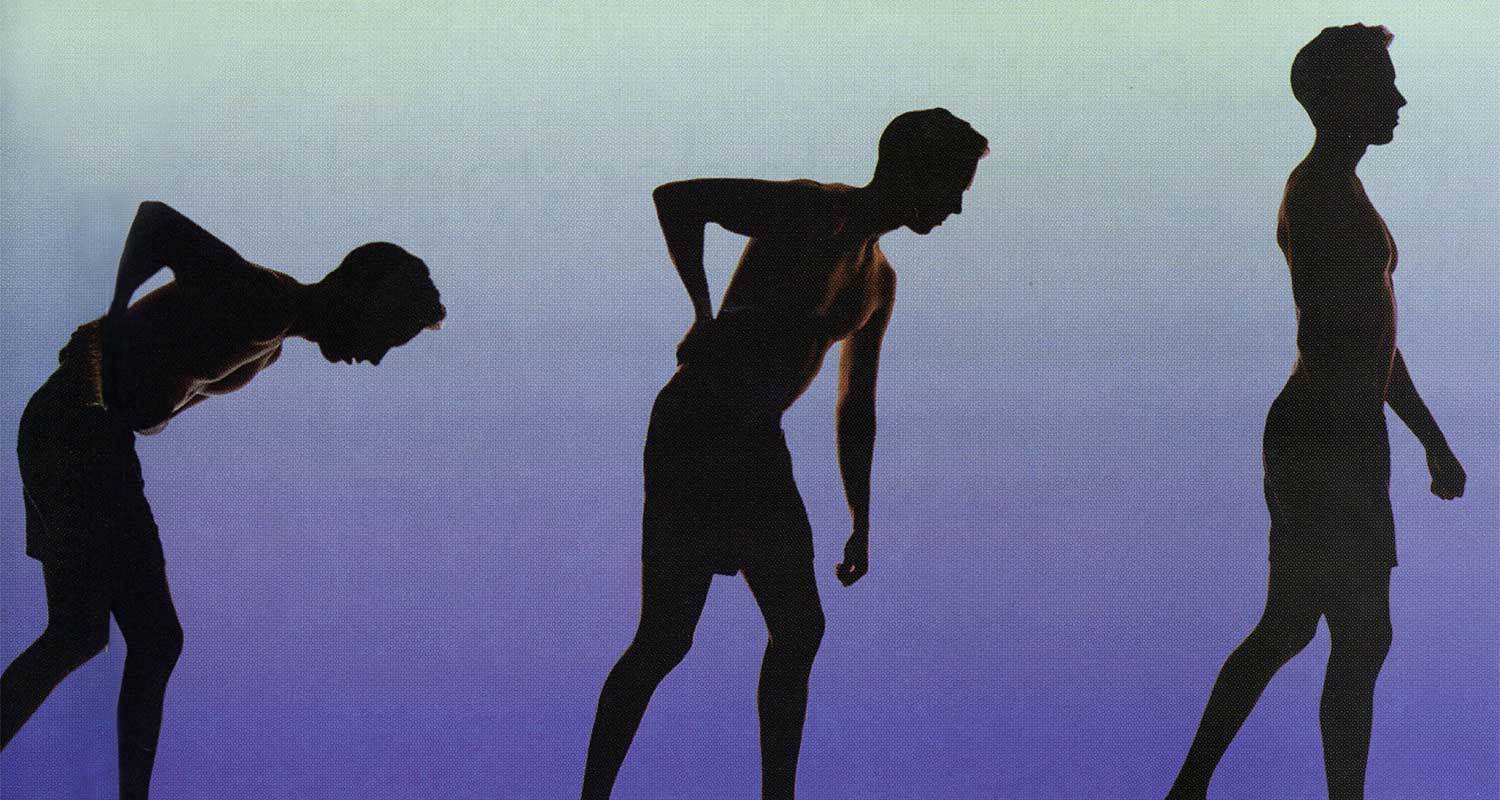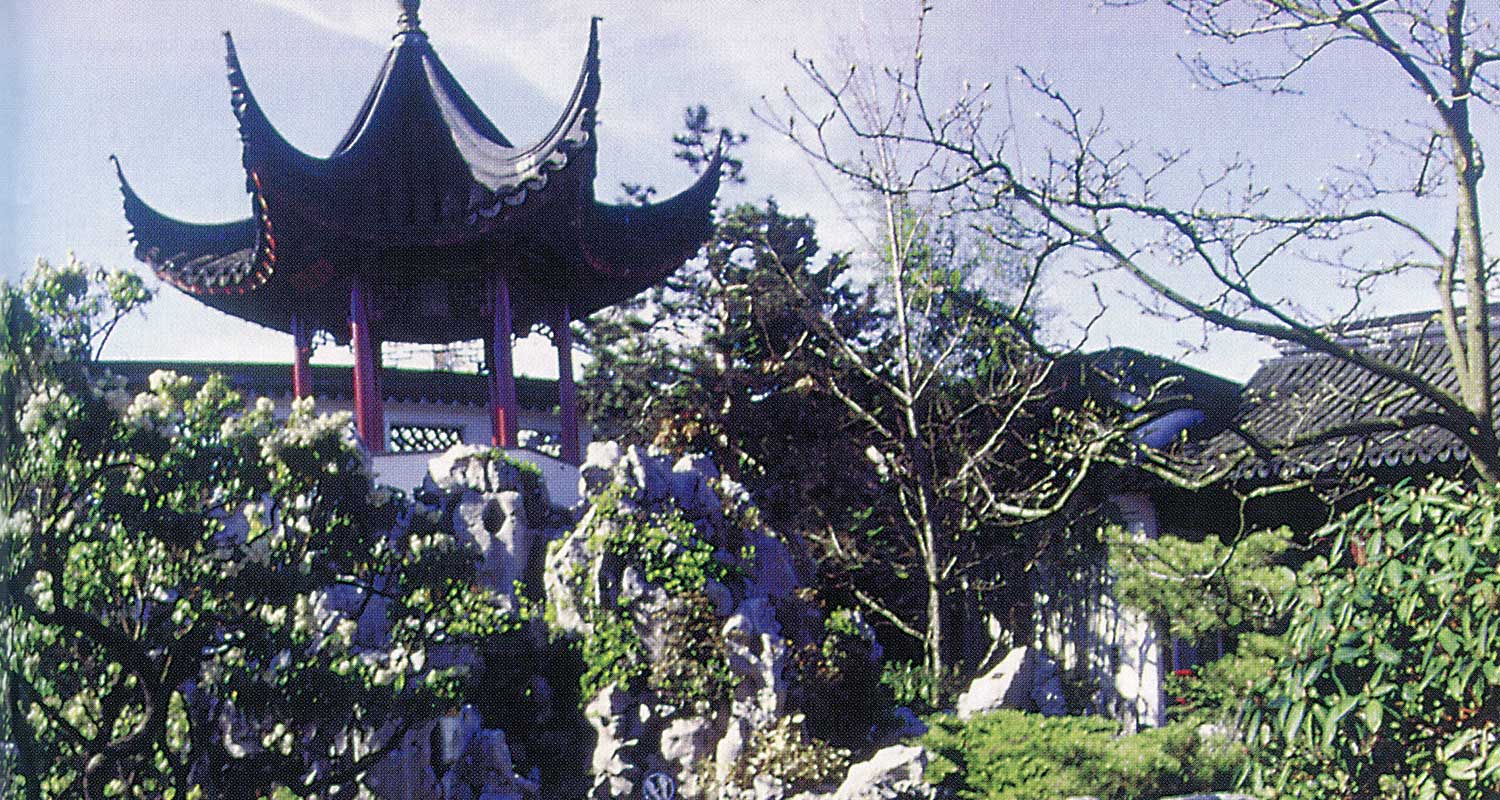Tai-Chi can increase vitality, spiritual awareness and flexibility. It is a martial art which incorporates Chi Kung-an exercise that controls the flow of energy within the body through breathing and mental tension-as well as meditation and physical movements.
Tai-Chi is known as an internal art because it exercises and heals the mind and body. It consists of a series of slow, accurate moving exercises performed with fluidity and concentration.
The Exercise
When practicing Tai-Chi, the muscles are relaxed while the mind concentrates on each precise movement. The slow, evenly paced and patterned movements focus on shifting the body’s weight while keeping it upright and stable. Smooth and even breathing connects each movement. It is an exercise not meant to increase muscle mass or physical endurance, but to mobilize stiff joints, stimulate internal organs and subdue the nervous system. Graceful movements create an overall sense of well-being and peace. As the level of expertise increases, so do the general health benefits.
The Origin Of Tai-Chi
Tai-Chi-meaning Grand Ultimate-is a name derived from Taoist beliefs about the origins of our existence.
One legend claims that the founder, a monk named Chan San Feng (1279-1368), witnessed a furious battle between a snake and a bird. As he observed the snake escape by dodging, weaving and lashing at the lunging bird, Feng was fascinated with the reptile’s relaxed lightning speed. When the bird finally exhausted itself, it flew off in hope of finding easier prey. From this study, the art of Tai-Chi was born. Many of the movements mimic those of animals, and are named after them.
Yin-Yang Balance
According to the ancient philosophy of Taoism, all things consist of either Yin, emptiness, or Yang, fullness. The well-known symbol of a circle divided into Yin and Yang represents the state of Tai-Chi. These two elements interact with one another in an endless succession of change. Tai-Chi encompasses the cosmic shifts of weight between the two, while inhaling Yin and exhaling Yang in a natural breathing pattern.
Distribution Of Chi
Chi is a vital energy, or life force, that should be abundant and flow smoothly within the body. When Chi is weak, sickness results. To correct the situation, one can resort to acupuncture, go to an herbalist, or choose to practice Tai-Chi. The combination of movements, breathing and relaxation provided by Tai-Chi is often enough to restore balance and energy.
Chi works in mysterious ways. The body is said to have 12 main channels that help to distribute Chi. All of these channels are connected to organs, and run head to toe, ending at the extremities. They nourish the organs by distributing Chi. Between major routes, smaller canals interconnect and supply Chi to the skin.
Therapeutic Purposes
The slow pace of Tai-Chi belies its physical demands and complex nature. It has been practiced for hundreds of years and is used for many therapeutic purposes. Studies in China have shown that it can have extraordinary effects on the body. Results indicate that regular practice of Tai-Chi improves, among other things, the nervous, circulatory and immune systems. It also has a significant effect on the body’s metabolism.
Although Tai-Chi is usually stereotyped as an exercise meant for seniors, its therapeutic benefits can be enjoyed by all, regardless of age.
So the next time you see people practising Tai-Chi in the park, you might want to take a closer look. Considering its health benefits, you might even want to try it for yourself.





